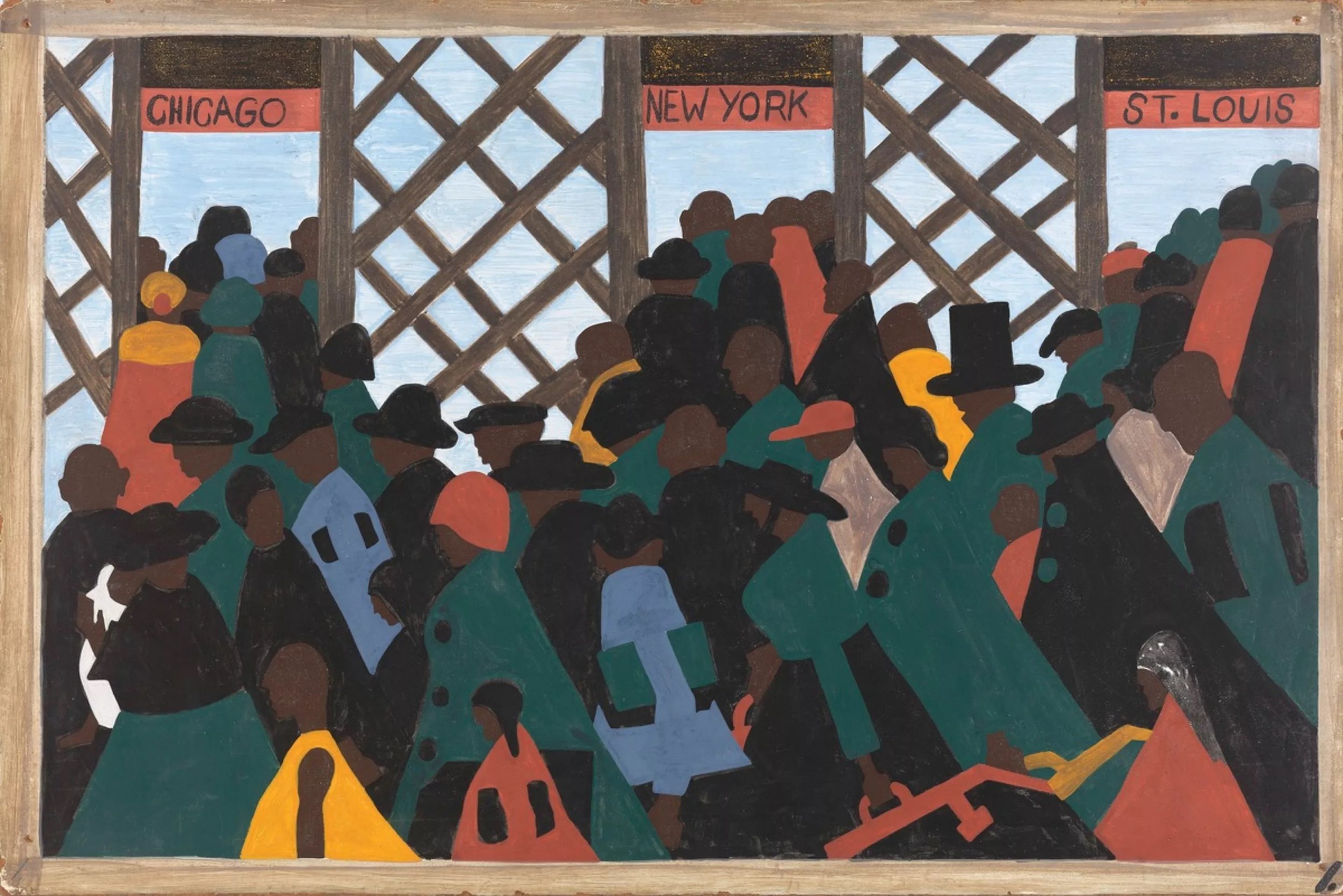All Art is an Uncommitted Crime
Words by Daniel Sparkes
As the Western state moves increasingly towards the criminalization of protest and passivity of audience; art poses as a unique political and dissentful language through which the status quo can be challenged. Observation of the many histories of radicalism and protest, including movements for peace, civil and homosexual rights, highlight the utility of art in motivating inclusivity and social reform. From campaigns such as Dadaism, Black Arts Movement and pacifism, this paper seeks to celebrate the important role of visual manifestations as a tool for resistance and making space.
In a famous postulation, Marxist philosopher Adorno posed- “all art is an uncommitted crime”, thus citing that by its very nature: art challenges traditional boundaries, hierarchies and rules imposed by those in power. Moreover, Adorno theorises that images often speak louder than words, making a message of resistance increasingly accessible and universal. Evidence of this can be found in observation of the richly intertwined histories of protest art and African-American culture.
"The Migration Series, Panel no. 1”, Jacob Lawrence, 1940–1941.
In the ‘Migration Series’ Harlem born griot Jacob Lawrence produced 60 tempera realist works depicting the mass movement of African-Americans between 1916 to 1970 from the Jim Crow South to the urbanised North. Drawing inspiration from Mexican muralist tradition, Lawrence’s works stand as a powerful protest against Southern de facto persecution of its black populus. The first half of the series illustrate the socio-economic hardships of black labour within Southern industry- conveying cautionary metaphors of injustice and strife, while the latter pieces present an increasingly hopeful image of new migratory hope and self-determined future in the North. In 1941, within the context of separate but equal, Lawrence overcame racial barriers by becoming the first African-American artist whose work was acquired by the Museum of Modern Art. In this way, ‘The Migration Series’ dually succeeds as a visual manifestation of protest against segregation and Southern persecution, while ‘making space’ for under-platformed voices and representing black culture in a profound public sphere. Lawrence’s message is both broadly hopeful and resistant.
“No Woman, No Cry”, Chris Ofili, 1998.
In a similar way, Chris Ofili’s neo-expressionist ‘No Woman, No Cry’ “explodes the trope of the strong or angry black woman” through the lens of Doreen Lawrence- mother of 1993 the race-attack victim: Stephen Lawrence; depicting her weeping of pale blue tears, highlighting the extent of racial violence and challenging themes of institutional racism. Ofili’s deconstruction of popular, yet potentially harmful stereotypes, serve to highlight the extent of racial violence, while targeting identifiable and consequently emotive familial themes.
Daniel G. Andújar, a Spanish art theorist hypothesised, “art must be a sign of resistance to a political model that is increasingly hierarchical, diffuse, global and standardised.” He subsequently postulates that artists have a ‘double’ purpose to dually entertain and serve a political function which requires clear ethical positions. Extensive servitude of this dual function can be observed in the profound legacy of pacifist and homosexual movements.
“Fountain”, Marcel Duchamp, 1917.
Perhaps the pioneer of ‘anti-art’- Dadaism- was a war-born avant-garde movement in resistance to present themes of nationalism, aestheticism and bourgeois culture. This was expressed through the deployment of readymades, satire and nonsensical content- with even the movement's name- ‘dada’- having no lexical meaning. Artistic pundit, Jones prescribed the foundational Dada principle as: “the elevated aesthetic realm is a lie and only ready-made objects can get close to the raw truth of real life.”
“Cut with the Kitchen Knife Dada Through the Last Weimar Beer-Belly Cultural Epoch of Germany”, Hannah Höch, 1919–1920.
In this way, the makings of cultural protest are an inseparable force from the form of Dada; languages of resistance are written into the very being of famous works such as Duchamp’s ‘Fountain’ and Hoch’s ‘Cut With A Kitchen Knife’.
The “uncommitted crime” of art is further highlighted in the resistant and grounded ethical poise of ‘Act Up’s’ 1987 ‘Silence= Death’ AIDs awareness flyer. The poster was conceived in mind of the failures of oral or written approaches to protest- Finkelstein prescribes this as “manifestos don’t work, sentences barely do, you need sound bites, catchphrases, crafted in plain language. The poster is exactly that, a sound bite, perfectly suited to the American ear.” In mind of this, the inverted pink triangle is dramatically arresting, and thus consequently highly transmissible to a broad audience. This primary aim to raise public awareness can be traced as reactionary protest against the administrative silence surrounding AIDs until 1985, by which time the crisis had reached 12,000 fatalities.
“SILENCE = DEATH Project”, Avram Finkelstein, Brian Howard, Oliver Johnston, Charles Kreloff, Chris Li, 1987.
In this way, ‘Silence = Death’ is a highly effective visual manifestation of protest, attacking and raising awareness toward a silent epidemic- using the tools of art when orality has failed. Considering this, perhaps it is permissible to cite art as not only an alternative form of protest, but sometimes- the only form of protest. In consideration of this, it is clear that art dually presents the powers of protest and tools of ‘making space’ for under-platformed voices. Equally, visual manifestations are multilateral, open discourses, involving participant and interactive audiences.
The truism of arts ‘double’ function to entertain and to take clear ethical positions highlights its powerful universality and accessibility. Observation of movements towards pacifism, civil and homosexual rights, exemplifies the utility of art as an inherently political function, rooted in clear ethical standing. Ultimately serving to prove, all art is an “uncommitted crime”.





